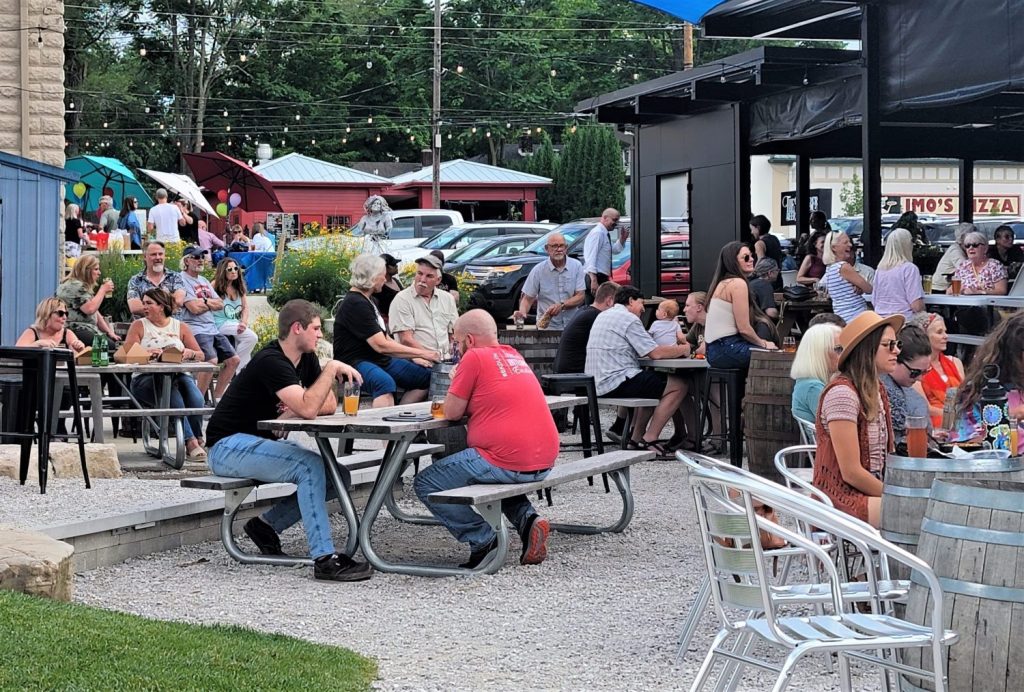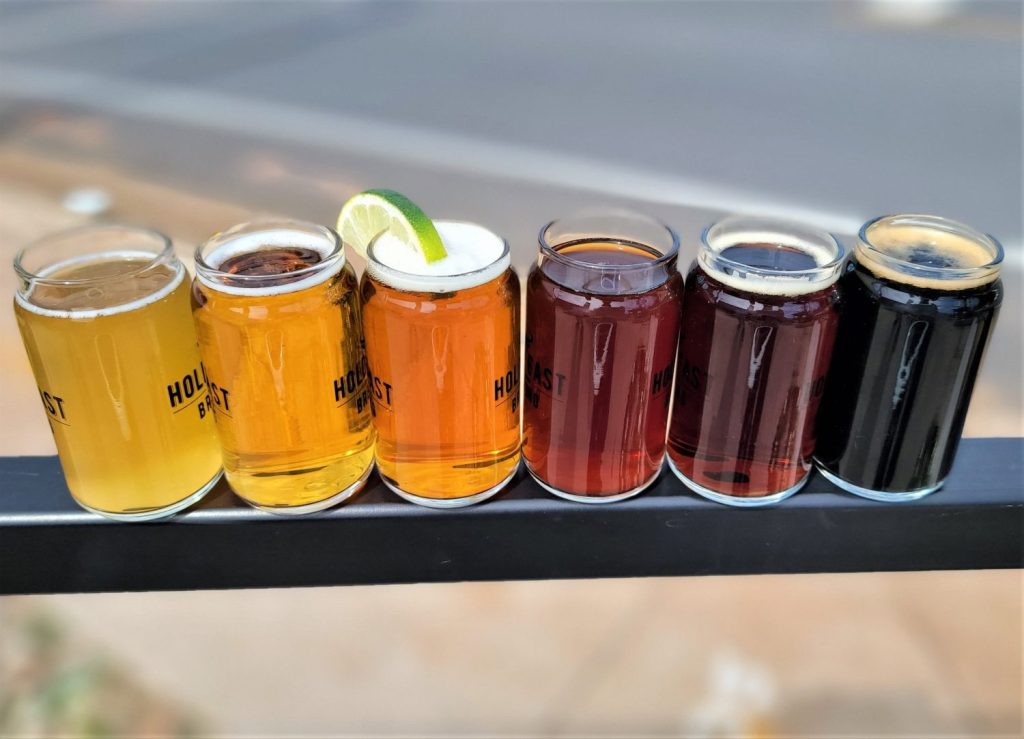This article is part of an in-depth piece by Jeff Kessinger on Springfield's favorite craft brews.
The world of craft beer can be intimidating. There are so many styles and acronyms to know. Here’s a basic primer to help you summon the courage to order your first pint.
All beer can be categorized as one of two things, an ale or a lager. Yeast is the biggest difference between the two. In ales, yeast gathers toward the top of the tank during fermentation. These beers tend to be aromatic and can be fruity. They’re also aged for just a few weeks at around 40-55 degrees Fahrenheit.
In lagers, the yeast gathers at the bottom of the tank during fermentation. These beers are usually crisp, clean and refreshing. They can age for months between 32-45 degrees Fahrenheit. The yeast used in lagers tends to have a lower tolerance for alcohol than the yeast used in ales.
There are countless styles categorized as ales, including the ever-popular India Pale Ale, or IPA. These beers tend to go heavy on the hops which give them aromas and flavors like citrus, spice, tropical fruits, pine and berries. They can be bitter and contain high alcohol levels.
In the IPA category are several varieties, including American, West Coast and New England. Those New England, or Hazy, IPAs use hops during fermentation, instead of the boil. This gives the hops juicier aromas and cuts down on the bitterness.

Other ales include:
- Pale ales: Pales are typically lower in alcohol by volume (abv) and hops than IPAs. They taste more balanced and malty.
- Stouts: These are dark-colored ales made with roasted barley. They will bring chocolate or coffee flavors with them. Some stouts are aged in bourbon barrels, which gives them more complex flavors and, typically, higher abv.
- Porters: Similar to stouts, porters are dark in color. Common ingredients include chocolate and dark-roasted malts.
- Sours: These are tart ales, thanks to the addition of lactobacillus during the brewing process.
- Wheat: As the name implies, wheat beers are brewed with a healthy dose of the grain, adding both body and flavor.
Lager remains the most popular beer style in the world — think Budweiser and Coors Light. There are a few sub-styles as well. That includes the Pilsner, an easy-drinking beer that tends to be highly carbonated. It’s named after the city of Pilsen in the Czech Republic. That’s where the style was popularized.
Mexican lagers, like Corona, are also very popular. They are brewed with flaked corn to give them a unique flavor.
This is just a starter and by no means a complete list of beer styles. Have questions? Just ask the beertender at your favorite brewery. They’re friendly and happy to help.


